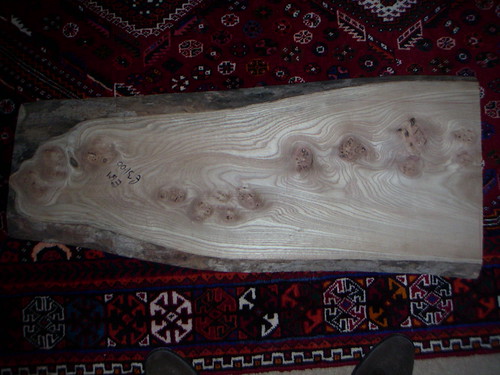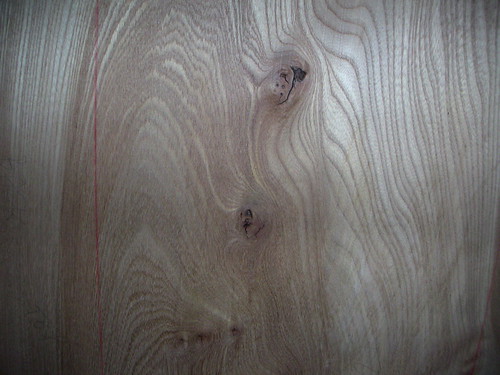Looking for a little guidance fellas,
I have a lovely piece of pippy elm, covered in "cats paws" (I think that is the phrase). What is the best advice for handling this with regard to smoothing?
It looks troublesome. :roll:
Thanks, Tony.
I have a lovely piece of pippy elm, covered in "cats paws" (I think that is the phrase). What is the best advice for handling this with regard to smoothing?
It looks troublesome. :roll:
Thanks, Tony.




































